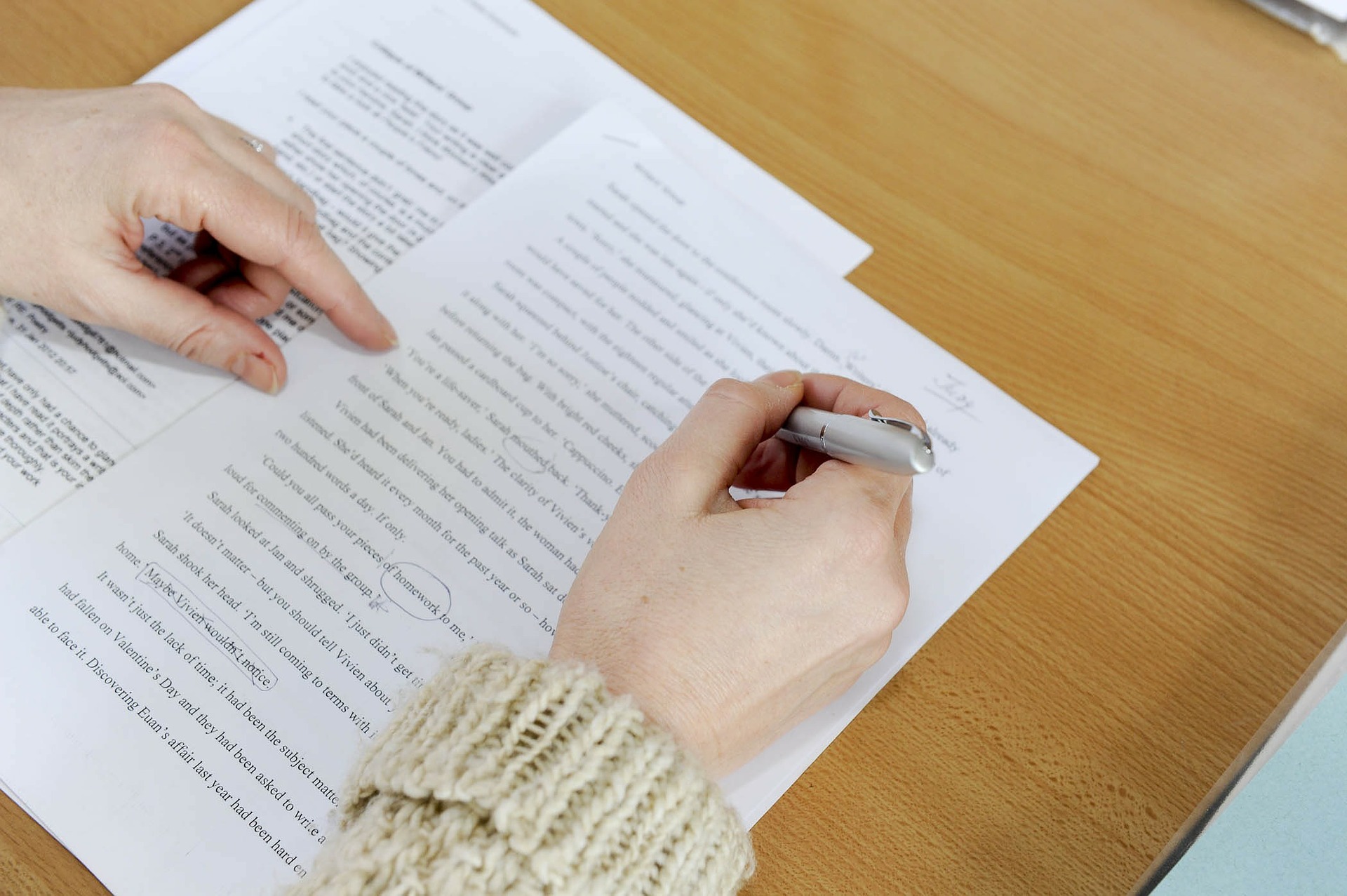I was recently rewriting a film treatment that I started working on quite some years ago and haven’t looked at in a long time. It got me thinking about the process of rewriting, so I thought I’d share my method with you, in case you find it helpful.
Approaching your rewrite
Firstly, get feedback.
In my own experience, it’s almost impossible to embark upon a rewrite without feedback. We might know there’s something wrong, but we’re too close to figure out what it is. Feedback can help you work out what you need to change, and how to go about it.
Handling feedback
Once you’ve got your feedback (if possible, from 2-3 people), take your time to go through it properly. Make notes. Identify the big issues. Think about what rings true for you. You don’t have to agree with every bit of feedback you’ve been given. In fact, sometimes, if we try to address every suggestion from every person, our new draft will end up very muddled, as feedback from different people frequently contradicts each other.
You need to have a certain amount of confidence in your own idea. Not arrogance that you are right and everyone else is wrong, but equally you don’t want to be so insecure that you just go along with every suggestion you receive. It’s not easy getting the balance right, to be fair, especially if you’re a new writer. But when you practise having confidence that you know the story you’re trying to tell, you will start to take on board the feedback that is most relevant to your story.
Once you’ve gone through your feedback, print out your work and read it through with your editor’s head on. Make notes, and highlight sections that you think you need to work on.
Plan your rewrite
Based on the feedback you’ve received, and your read-through of your work, start to plan your next draft. Put the key points in order of priority. This might involve, for example…
- More work on some of your characters
- More research
- Some replotting or restructuring
- More jokes (or more scary moments or more drama)
In the treatment I mentioned earlier, that I was rewriting, I discovered that the beginning and ending worked really well, but most of the middle didn’t work at all, so I had to replot a large part of it. I also had to change my protagonist and do more work on several of my characters. I felt quite daunted for several days, and feared I wasn’t up to the task, but by approaching it step by step, it turned out to be more manageable than I first feared.
Come up with a plan, allowing yourself enough time to do all the preparatory work, before you set to work with the actual rewrite.
I find brainstorming useful, especially if I’m doing some replotting or expanding a character or two. (You can read more about how to brainstorm here)
If I’m only making small changes to certain bits of my work, I find it helpful to print out my piece of work, get a pen and rewrite directly onto my physical pages.

But if I’m working on completely new sections, then I go back to my computer.
Start again!
Once it’s complete, I start the process again, getting feedback, coming up with a plan and once again rewriting, until the feedback I start to receive is mostly positive, or just minor niggles. Then I know (or trust) that it’s ready to send out!
How about you? How do you approach your rewrites? I’m always interested in learning about different approaches to writing, so do get in touch!
By the way, if there’s anything in your writing that you’re struggling with, drop me a line as I might be able to address your issue in a future post.
Don’t forget, if you find my articles helpful, you can sign up for my weekly newsletter where I share tips on all aspects of writing, productivity, habits and different ways of marketing yourself and your work.
Finally, if you’re interested in finding out more about how to get feedback, I previously shared some tips in an article here.
Next time I’ll share a quick tip if you’re feeling stuck.

In my own experience, it’s almost impossible to embark upon a rewrite without feedback. We might know there’s something wrong, but we’re too close to figure out what it is. Feedback can help you work out what you need to change, and how to go about it.